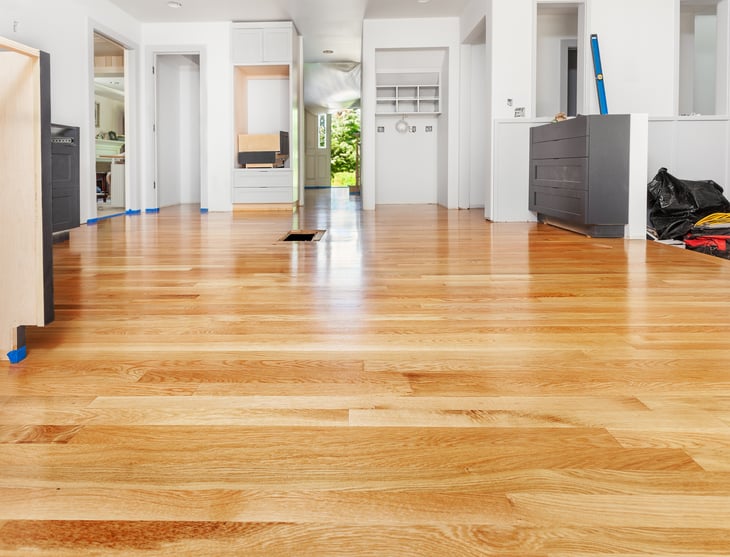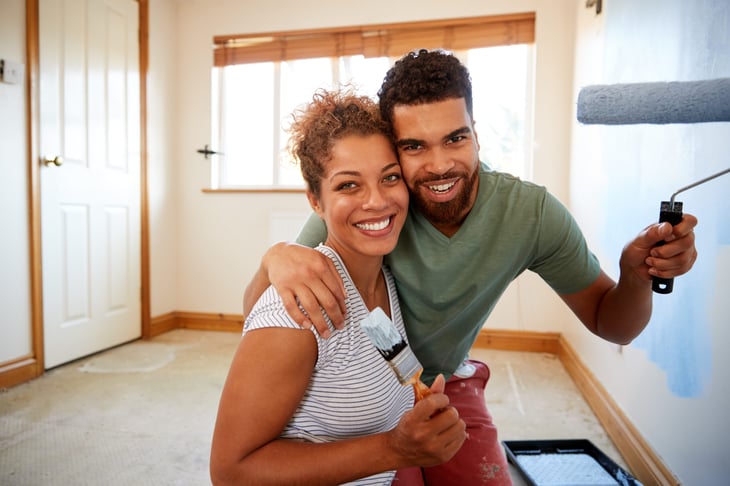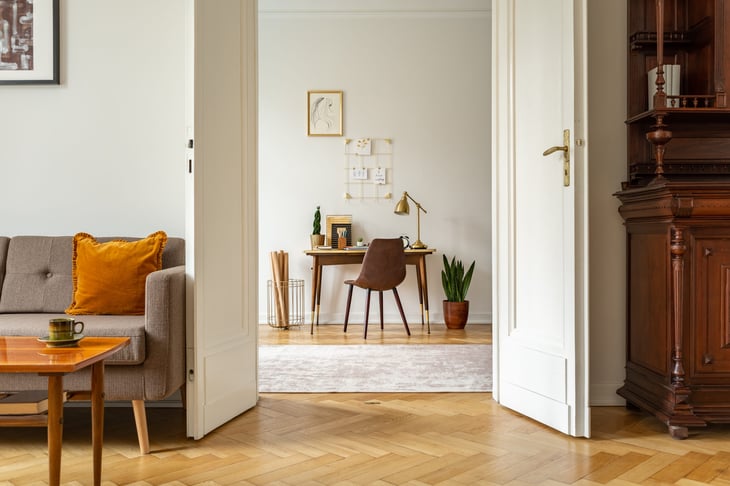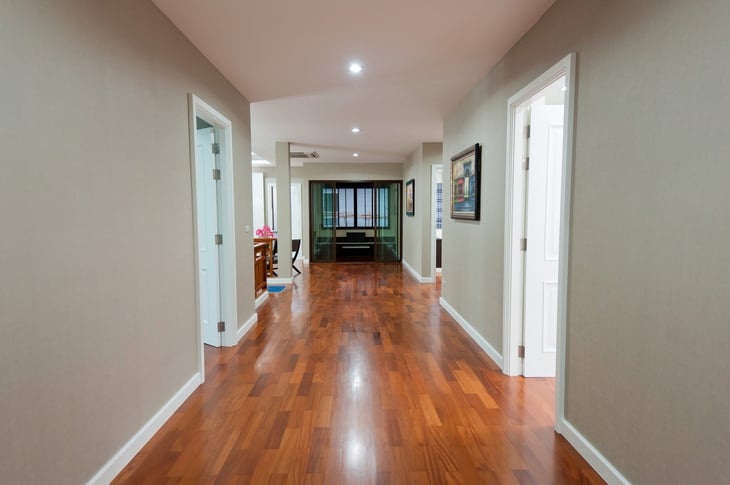
Editor's Note: This story originally appeared on Point2.
If you’re lucky enough to design your dream home from scratch, you’ll know that creating a solid plan is essential to your success. One aspect of the design that shouldn’t be taken lightly is the floor plan.
Acting as a blank canvas just waiting to be filled with ideas to turn a house into a home, it’s also one of the most challenging things to modify later.
As such, it’s important to get it right the first time around. So, before you sit down at the drawing board, here are some key questions to ask yourself.
1. What Is Your Budget?

As with any major project, you must create an accurate budget before you do anything else. When designing your own home, it’s imperative to know how much your budget can stretch.
You’ll need to know how much things like materials and labor will cost, as well as how long the various stages of the project will take. With this information, you can then design a floor plan that isn’t too big or complicated for your budget.
A construction loan can help you get the financing needed to make your dream home a reality.
But, if you’re looking to keep costs down and will bring in some of your existing furniture and appliances, make sure to design your floor plan with them in mind.
2. How Much Space Do You Have To Work With?

Knowing how much space you have to work with is essential when making your perfect floor plan. If you’re starting from scratch, this is fairly easy to determine, as you’ll have a completely blank canvas to work with.
However, if you’re adding an extension, you may find that space is more limited.
Before you get any plans on paper, know how much space you have and ensure you’re making the most of it.
For example, if it’s a bit tight, it’s well worth prioritizing functional rooms over luxurious extras.
3. What Does Your Home Currently Need?

Not sure where to begin when it comes to designing your floor plan? It can certainly be a daunting task, but the easiest way to get started is to think about what your current home has already and how it can be improved.
Here are a few ideas to get you started:
- Does your existing kitchen feel too small?
- Do you want a designated space for home entertainment?
- Are you more into airy, open-planned homes, or are you drawn to more intimate spaces?
- Would you like more room to accommodate your expanding family?
- Would you prefer to downsize now that the kids have flown the nest?
Essentially, think about how your current home can be improved, and craft your floor plan around them.
4. What Amenities Can’t You Live Without?

The amenities in your home are inevitably closely linked to how you live your life.
For example, avid cooks are more likely to own high-end kitchen appliances. Meanwhile, families with kids will typically value more bedrooms and a nice backyard instead.
The local area also plays a part. Hot, humid regions will need a decent HVAC system, while neighborhoods that require you to drive to work will benefit from having a garage or driveway to park in.
Consider which amenities are essential and incorporate them into your floor plan.
5. What Will Be Your Functional Spaces?

Every home needs functional spaces, but that doesn’t mean they can’t be pleasing to the eye.
For example, the kitchen is one of the most important functional spaces in any home, and with the right design, it can look stunning and provide a hub for the whole family.
Bathrooms are also essential functional spaces and can be designed to suit your family’s needs by incorporating things like walk-in showers. And don’t forget storage spaces and utility areas such as laundry rooms.
When drawing up a floor plan, it helps to identify the functional spaces and start with them.
6. What Are Your Lifestyle Preferences?

We all have different hobbies and interests, so when creating your floor plan, be sure to incorporate them into the design.
For example, outdoor enthusiasts might be keen to have a mud room. The more social homeowners may want to create an open-plan living space and entertainment room to accommodate guests.
Those working from home typically require an office, while gardeners will wish to have a decent-sized yard.
Think about what makes you you, and incorporate these lifestyle elements into your floor plan to ensure your dream home is the ideal space for you.
7. Where Do You See Yourself in 10 Years?

It’s essential to look ahead when designing your floor plan. The big question is whether you see yourself living in the same home for many years to come.
Consider whether you’ll likely have to relocate due to work in the future. If the answer is yes, now is perhaps not the time to design your dream home.
On the other hand, if you don’t see yourself leaving anytime soon, think about how you will relate to your amenities and floor plan as the years go by.
A stunning spiral staircase can be a fantastic centerpiece now, but as you get older, you may dread climbing it each night to get to bed.
Also, be sure to consider functionality and potential resale bonuses. Generally, a home with more bedrooms and bathrooms is more likely to sell for a better price than one with a large sunroom and fewer practical spaces.
Finally, think about how the space could be repurposed in the future, either by you or by future owners. For example, built-in closets and pantries are difficult to repurpose, while larger, open-plan areas can be partitioned later on if desired.





Add a Comment
Our Policy: We welcome relevant and respectful comments in order to foster healthy and informative discussions. All other comments may be removed. Comments with links are automatically held for moderation.